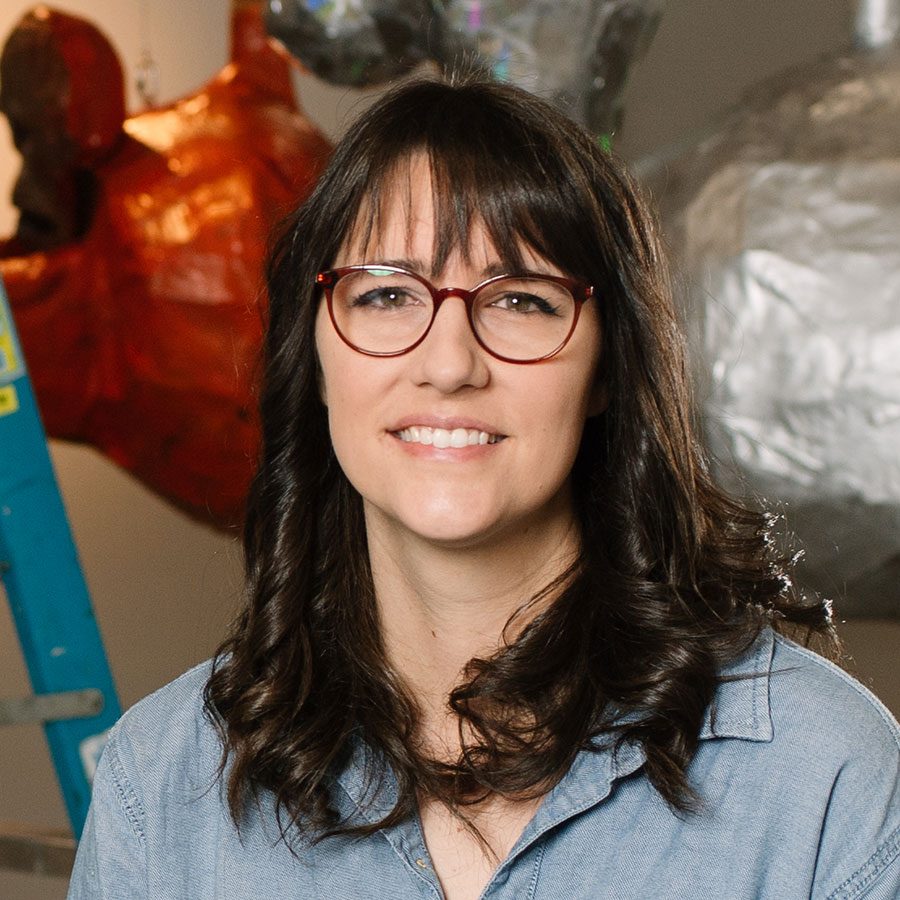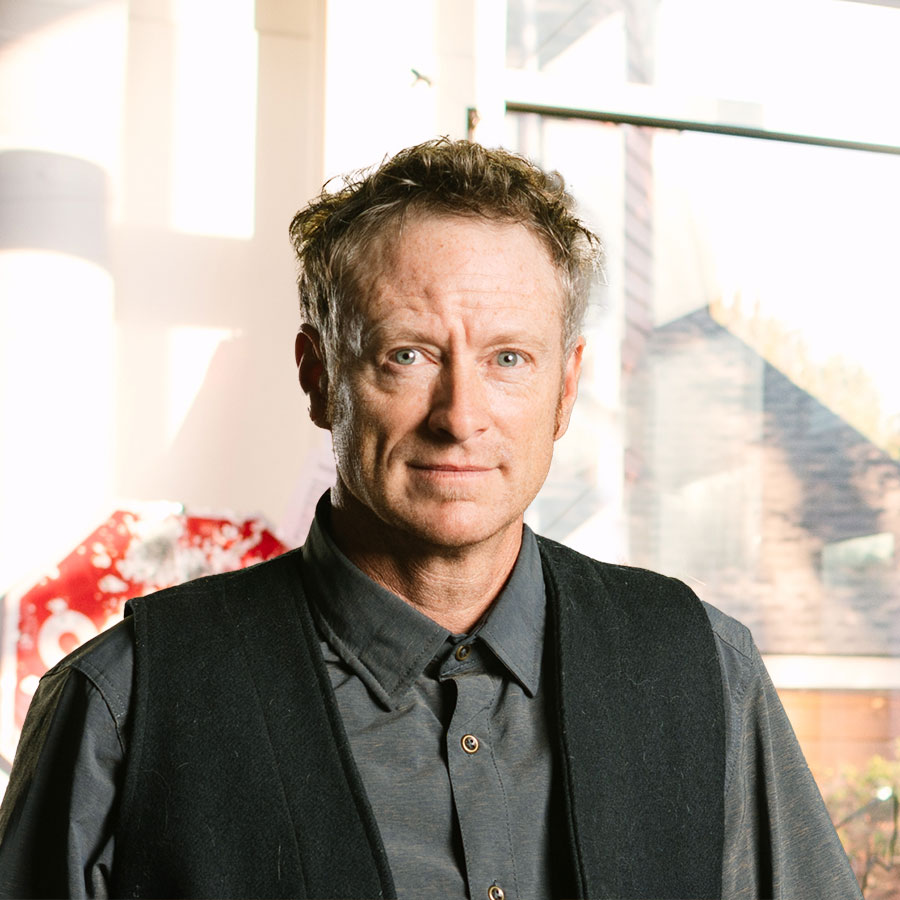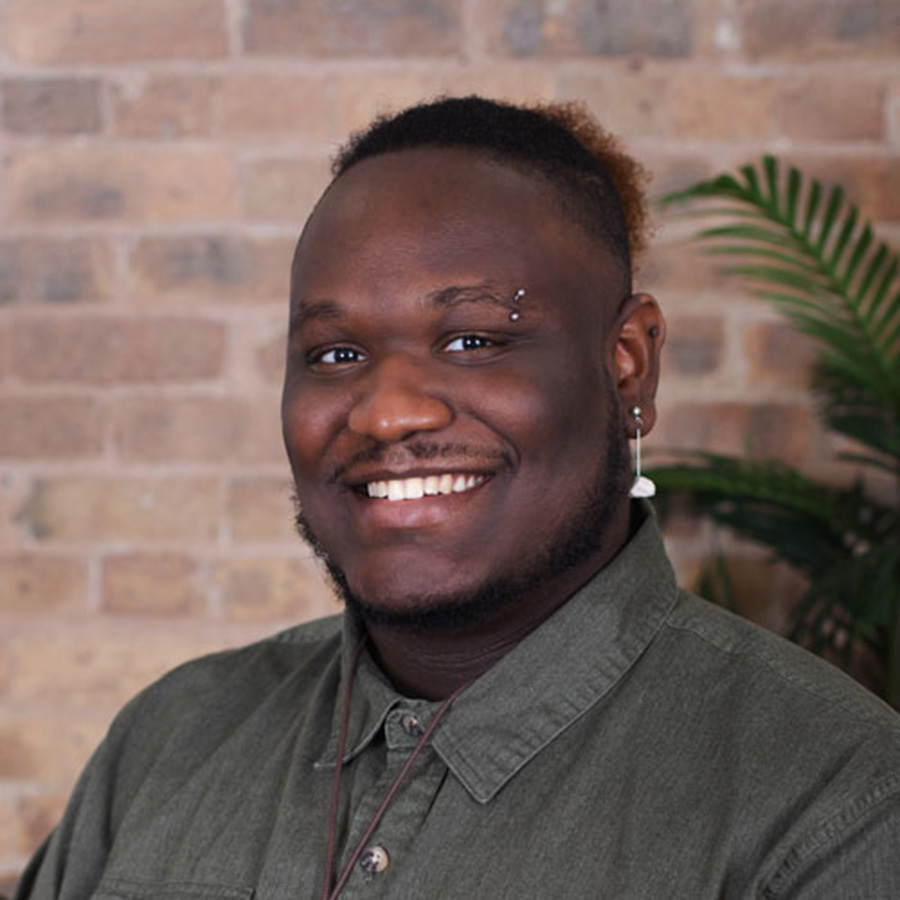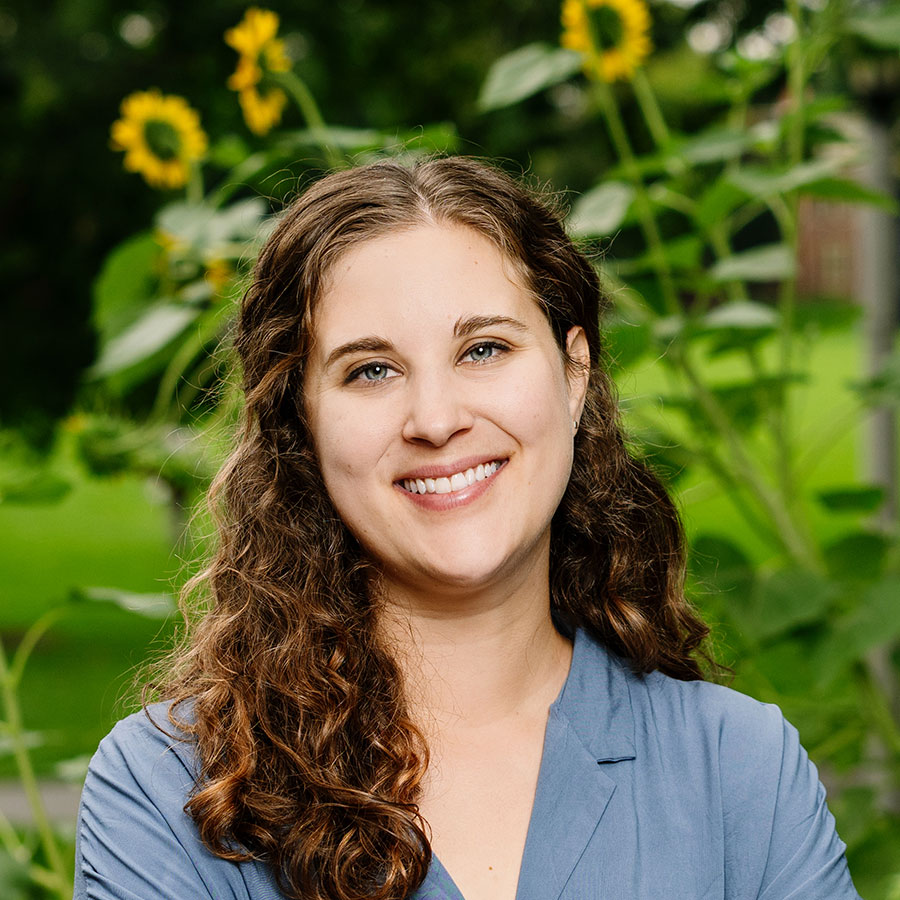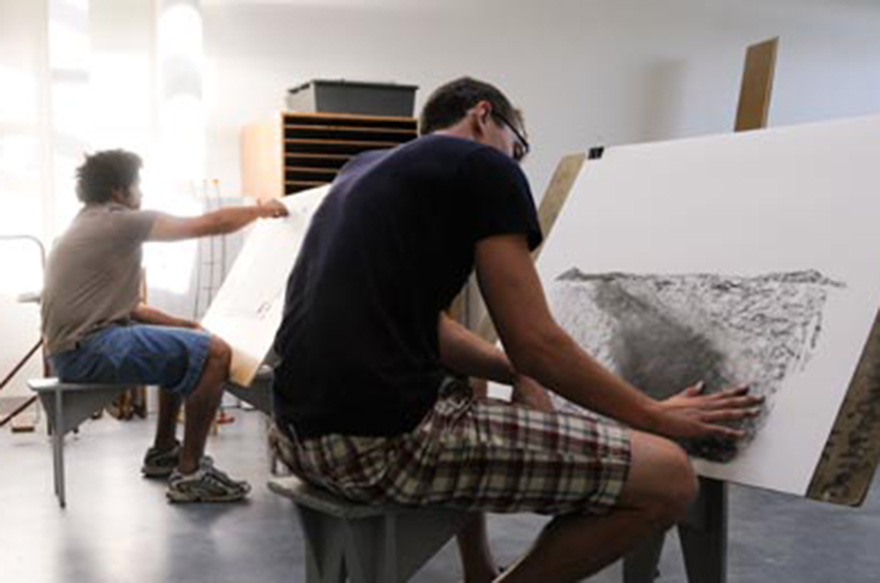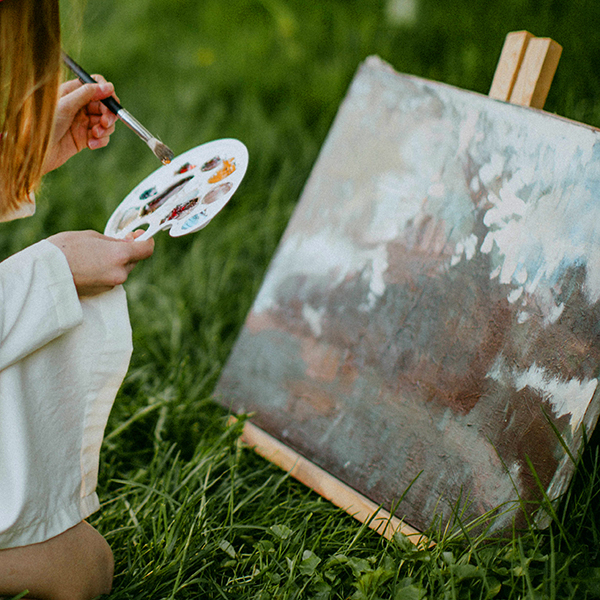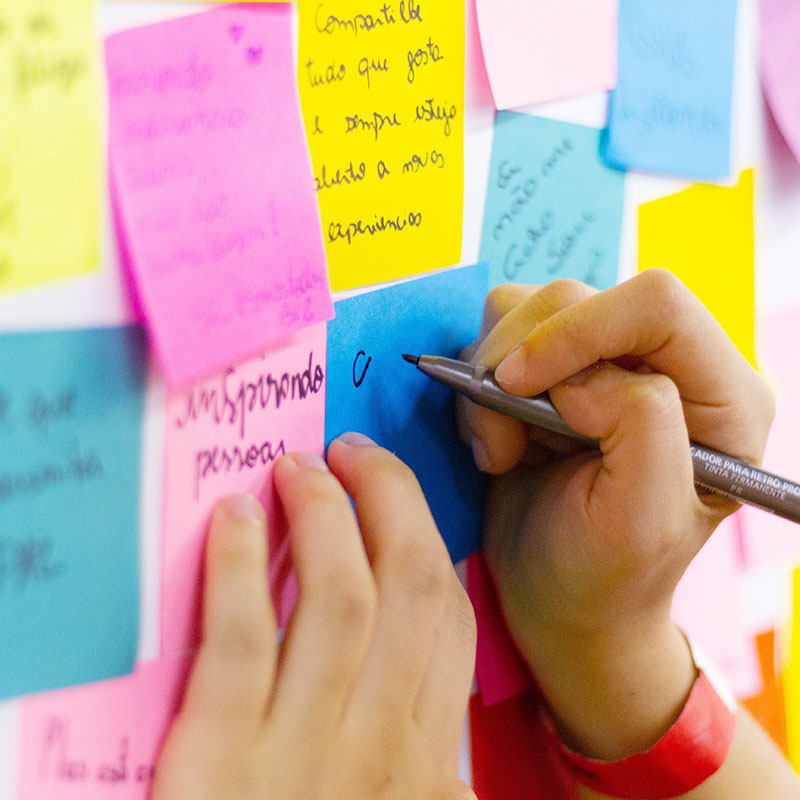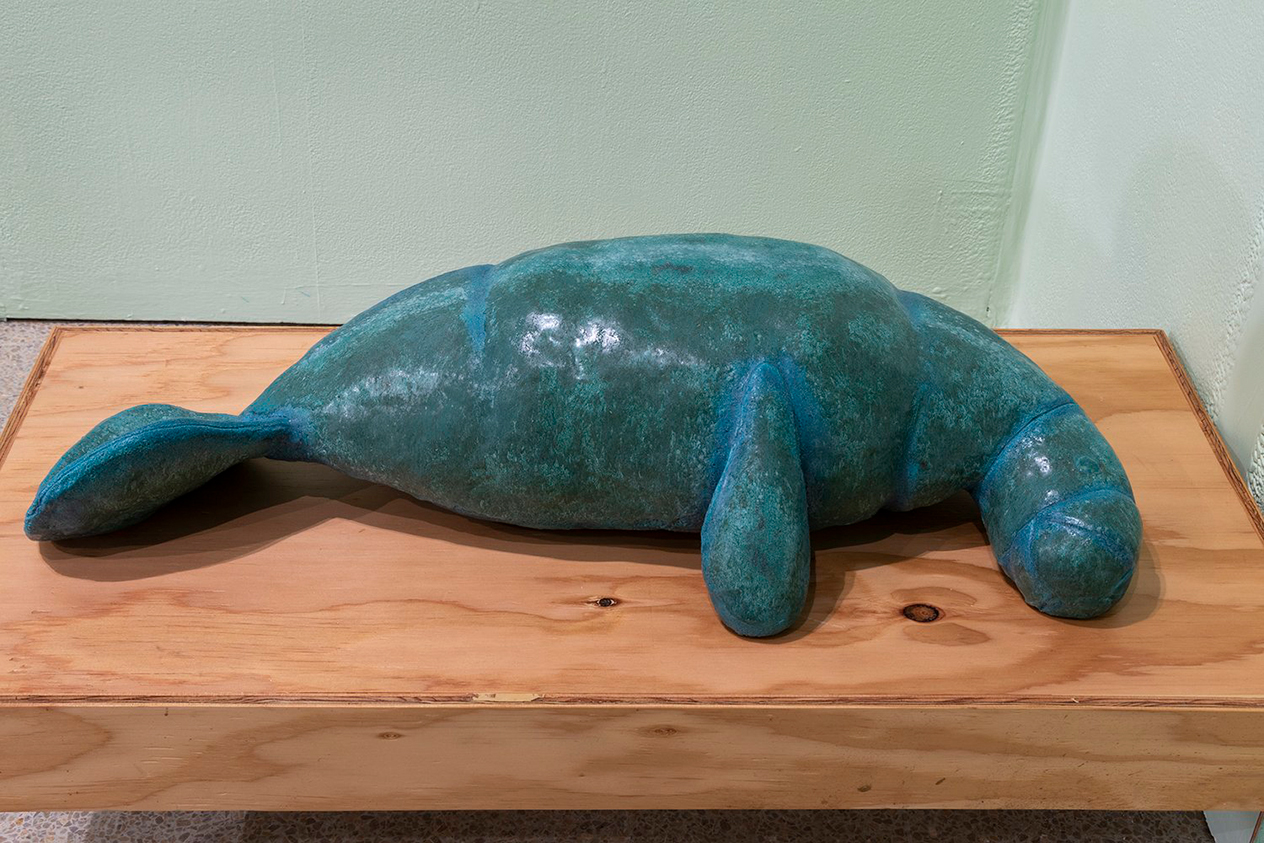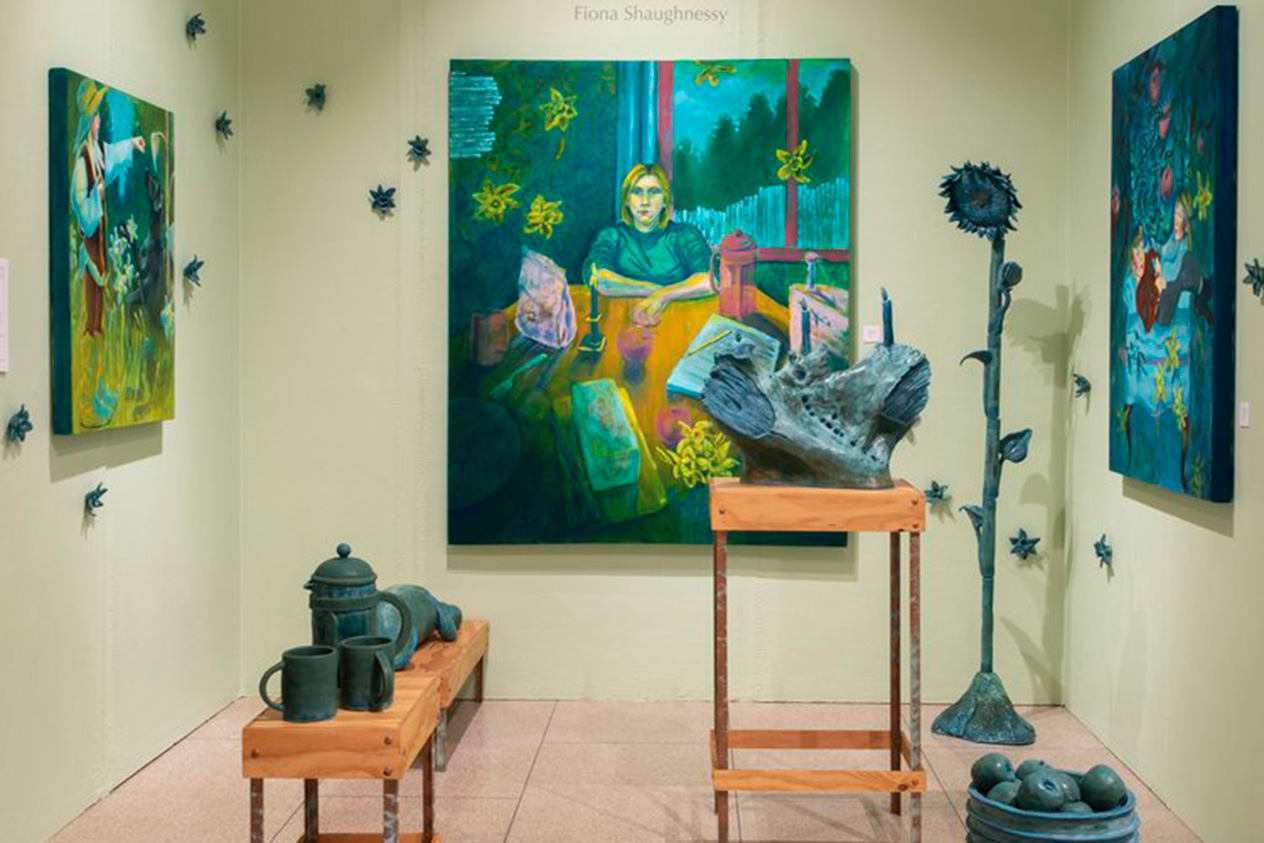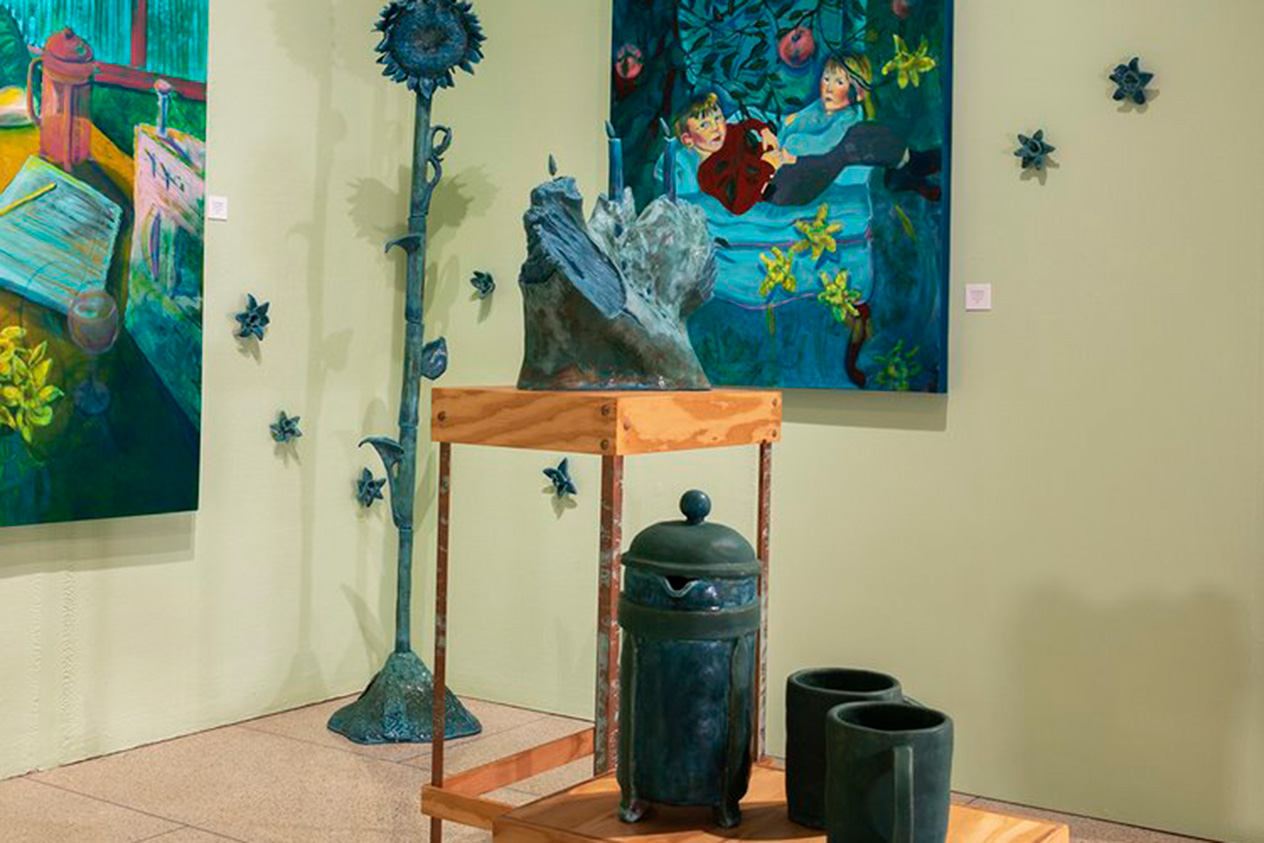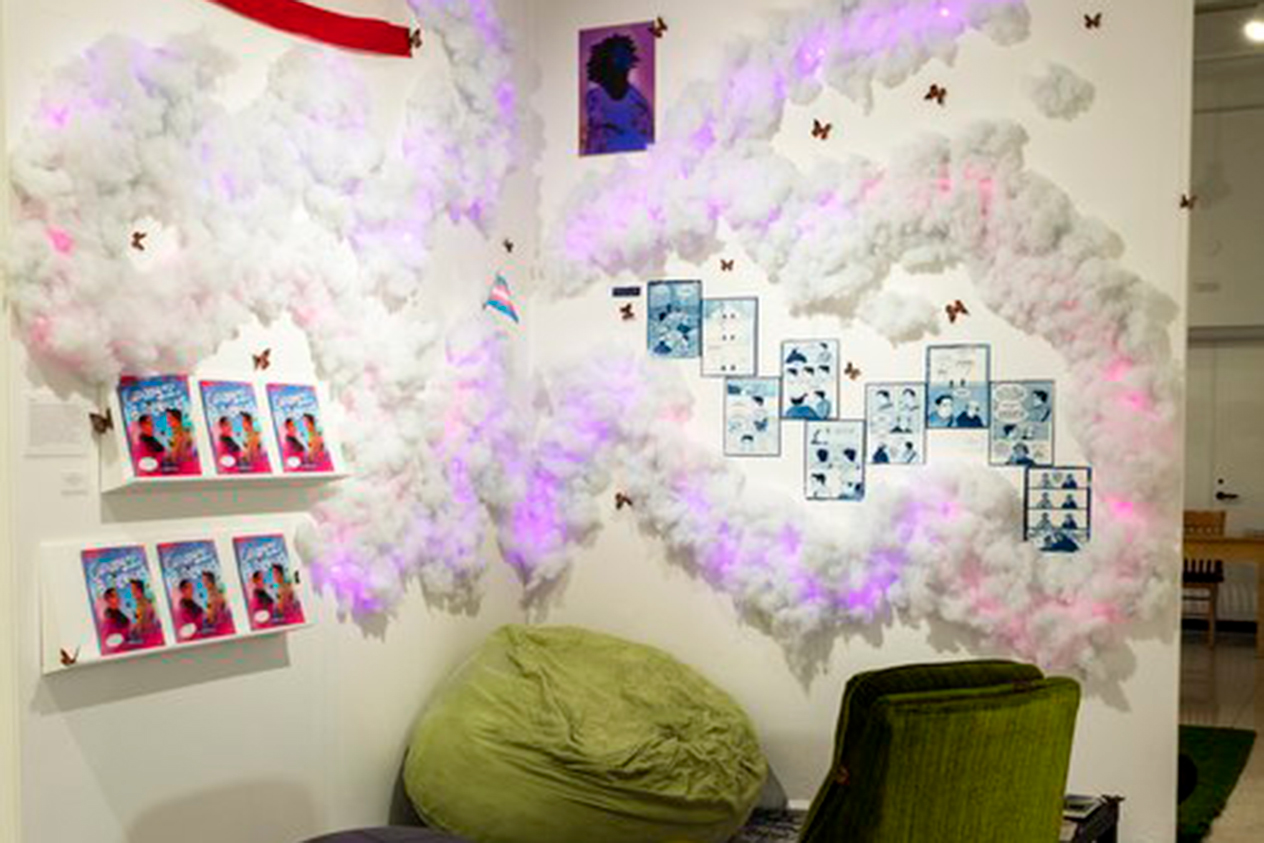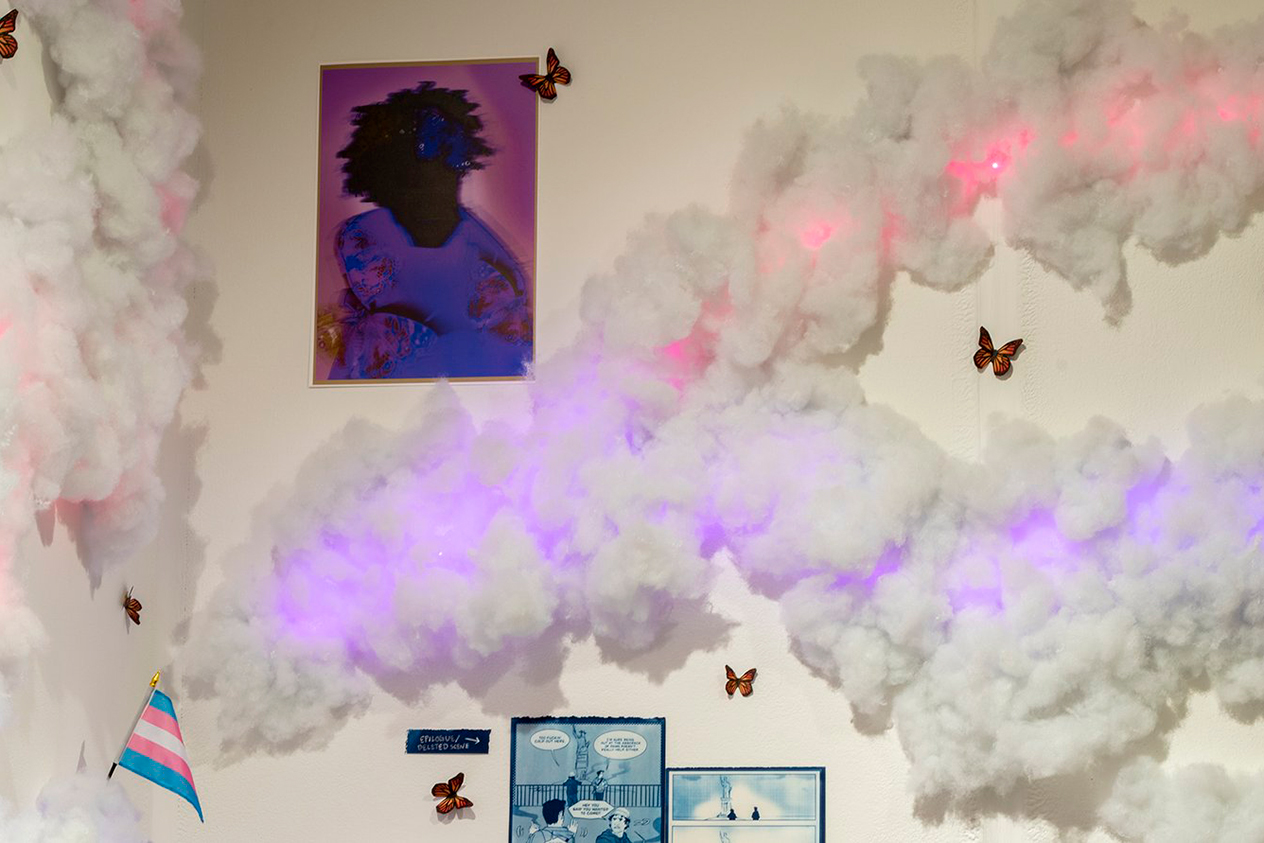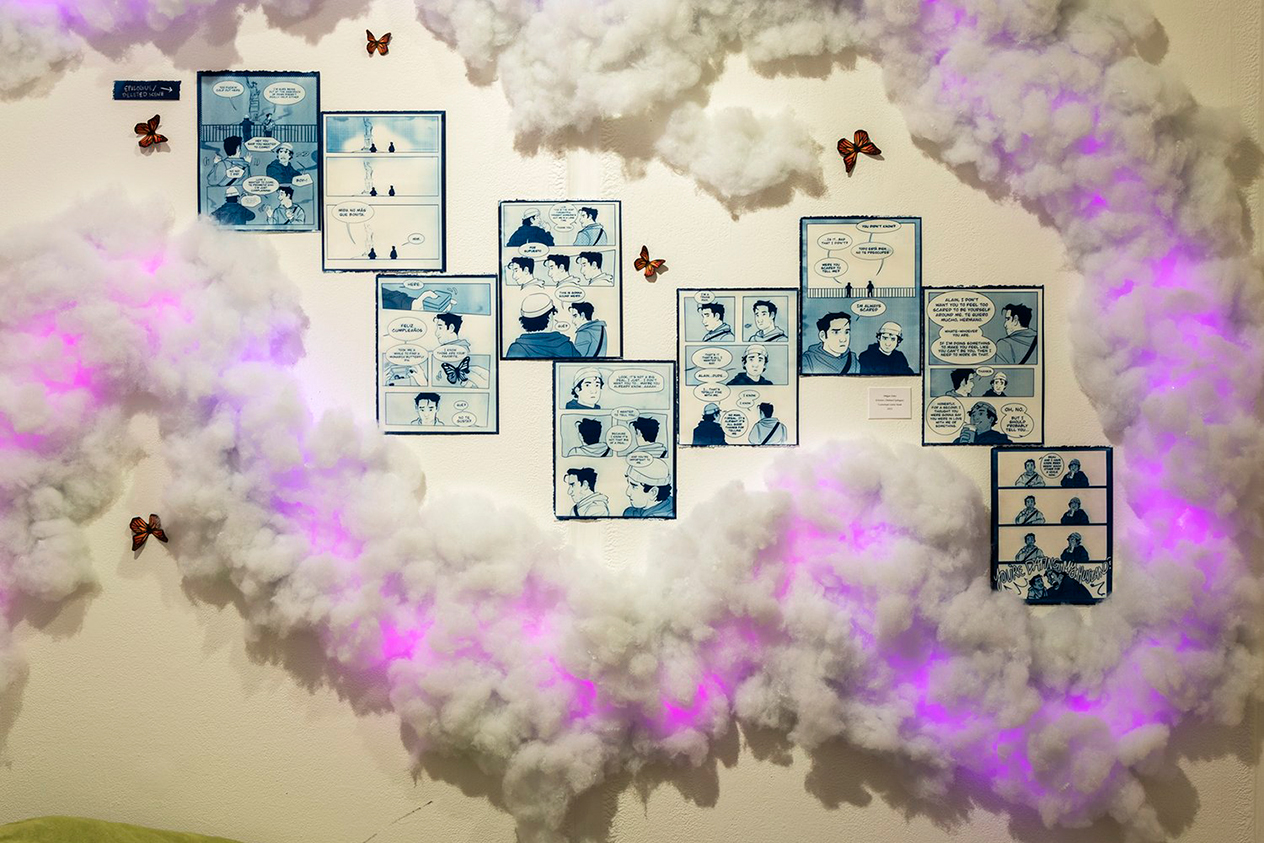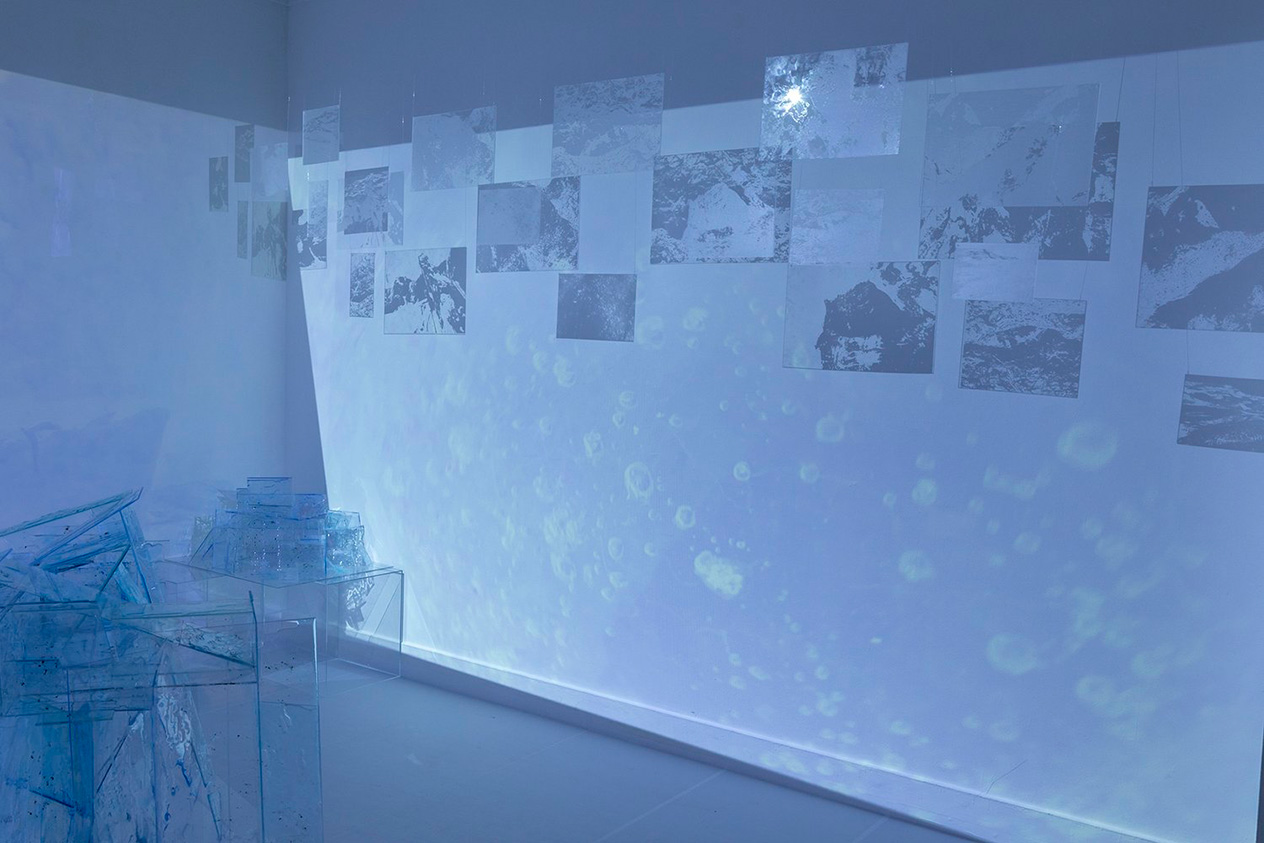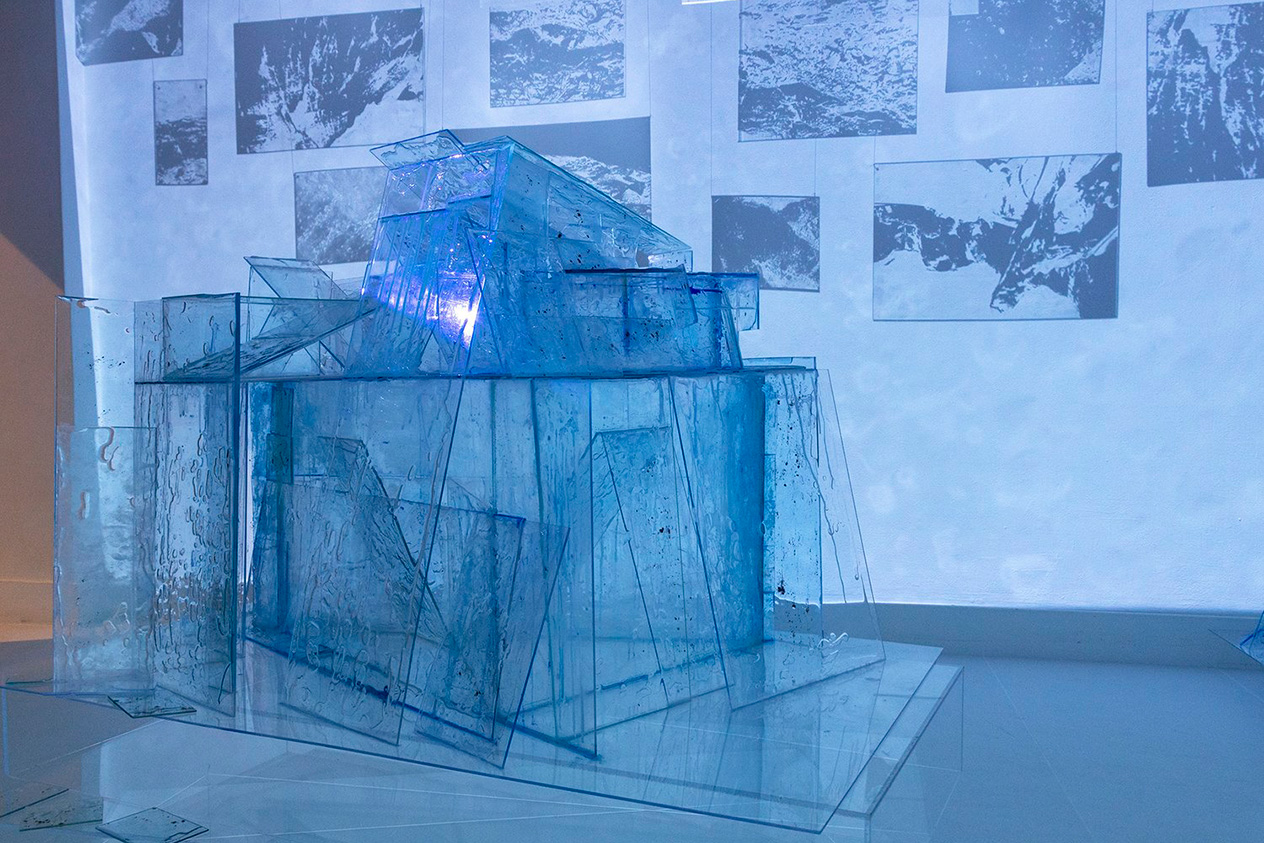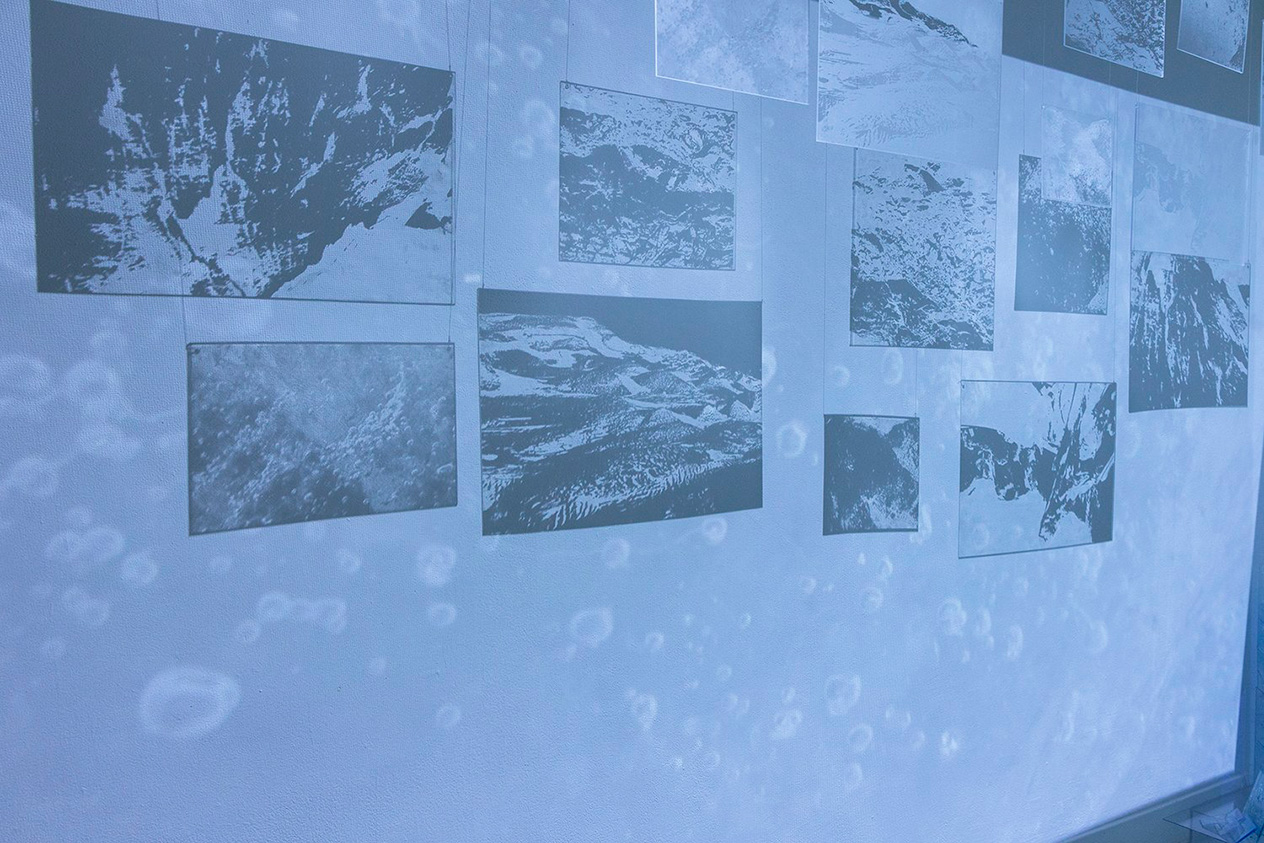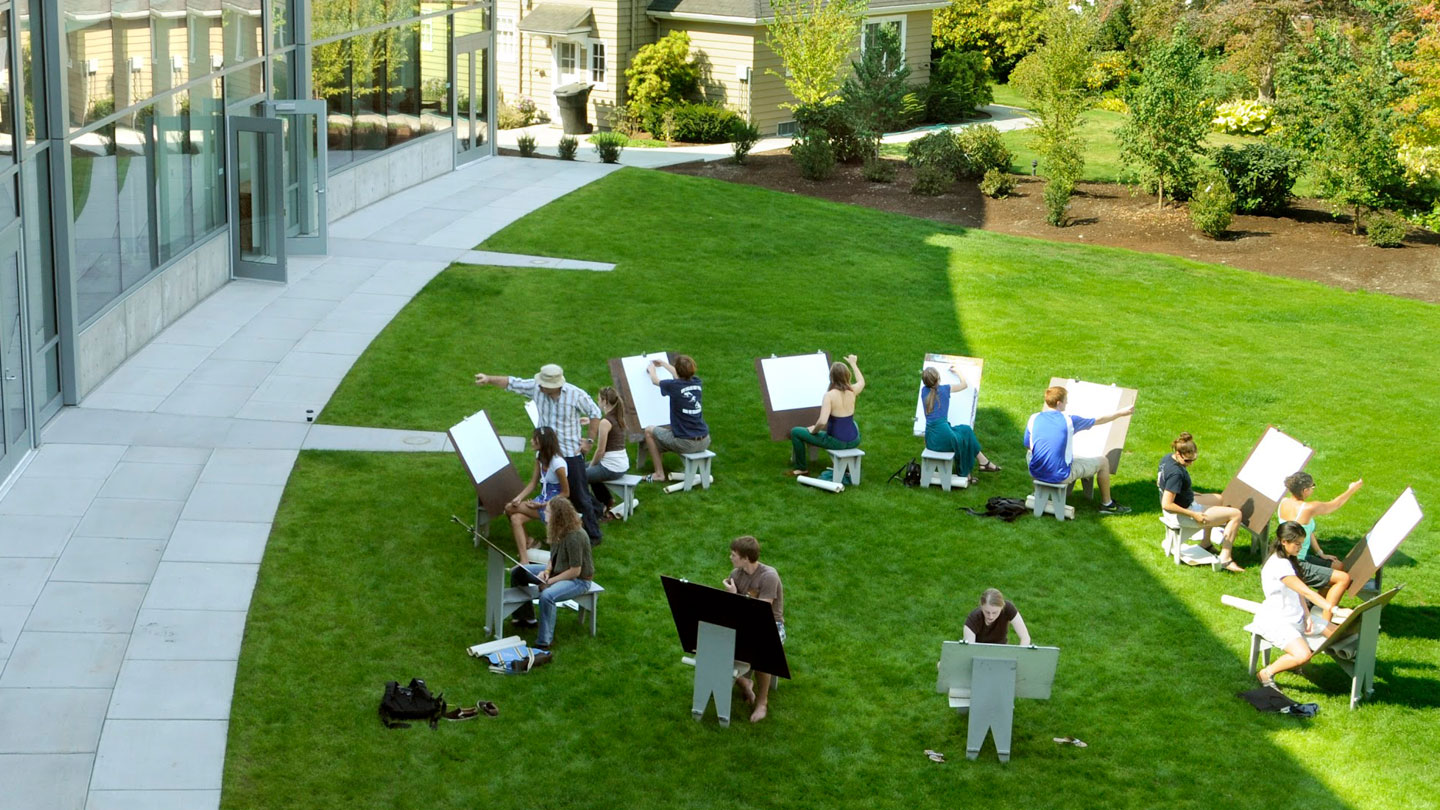

Art
Find a fulfilling life in the arts.
In Whitman’s Art Department, you’ll learn to be an agile thinker and maker, to thrive in an environment of experimentation and exploration, and to ask compelling questions of what art can be in the world today and tomorrow. Here you can study book arts, ceramics, drawing, new genre arts, painting, photography, printmaking and sculpture. You can make unique connections between areas of study, like our Art-Environmental Science combined major or our Human-Centered Design concentration. You can find artistic community in the Fine Arts House. And you can do it all at a top liberal arts college in Washington’s beautiful interior.
3 Reasons to Study Art at Whitman
Interested in Art?
We’d love to send you information, including more on academic majors and student life at our beautiful campus in Walla Walla, Washington. Ask us about the President's Scholarship for Fine Arts for incoming students.
“The Art major has allowed and encouraged me to connect with my peers more than any other programs I’ve really been involved in at Whitman. I feel like I know my graduating class of Art majors in large part because our engagement with one another is clearly a priority for faculty and the department as a whole.”
Our Whitman Student Voices BlogFaculty
Areas of Study
Courses in Art
See just a few of the fascinating courses you might take.
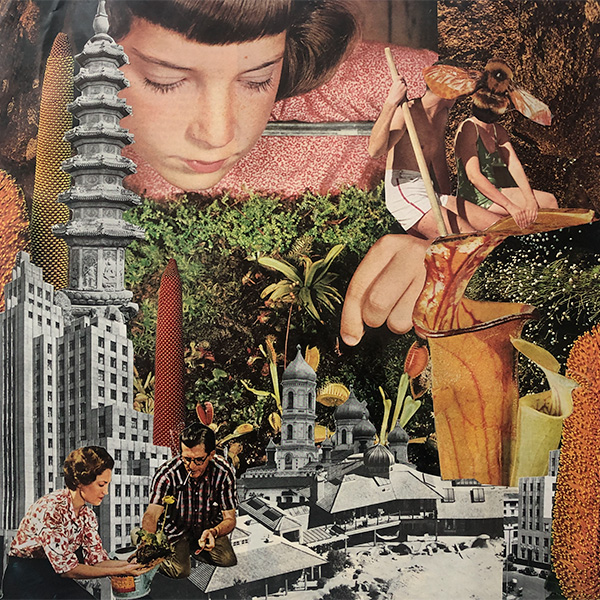
Collage in Contemporary Art: Cut-Outs and Reconstructions
In this beginning art course, you’ll explore collage as a stand-alone medium, as well as paired with painting, mixed media, digital art, photomontage, printmaking and sculpture. Collage is a powerful tool connecting art and life—and you’ll learn how it can function as a mirror of the larger political, economic and social forces in the U.S.
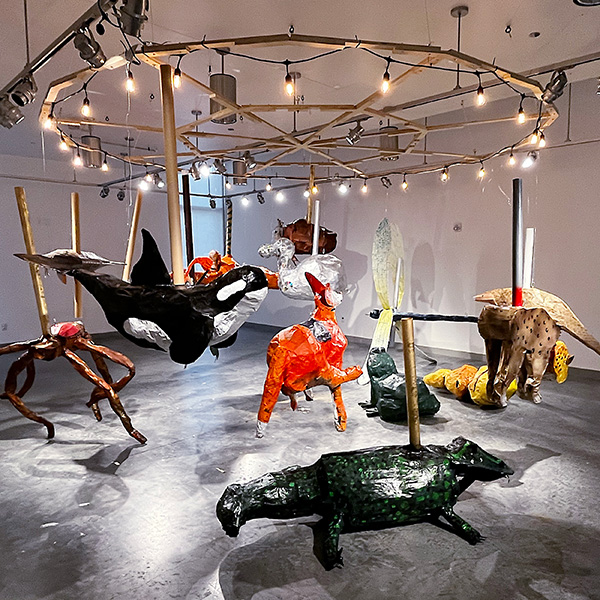
Foundations: Animals and Art
With animals as your subject, you’ll explore a variety of materials, techniques and concepts in this studio course. You’ll get hands-on practice creating objects and images. It’s a fun introduction to the foundational skills of design, creative problem-solving and interpretation for majors and nonmajors alike.
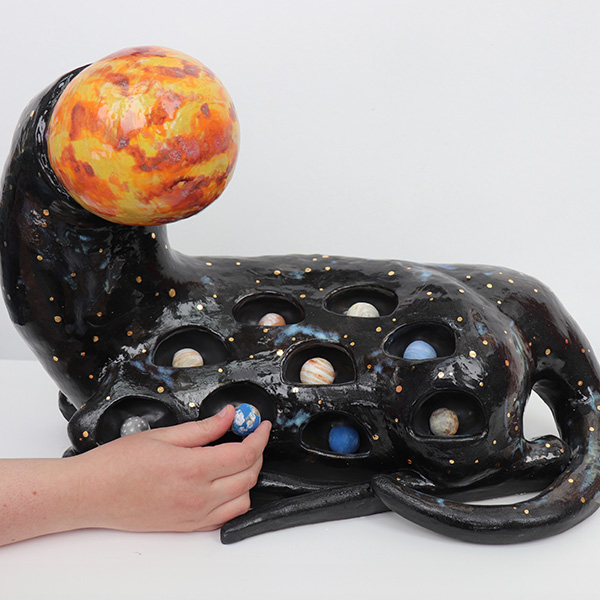
Beginning and Intermediate Ceramics
Ceramics will challenge your visual, spatial and interpretive skills. In these courses, you’ll explore a wide range of ceramic processes and understand their place in global history and contemporary art. You’ll experiment and make exciting connections between ceramics and other media and disciplines. And you’ll learn valuable skills like abstract thinking, mold making, creating digital forms and more.
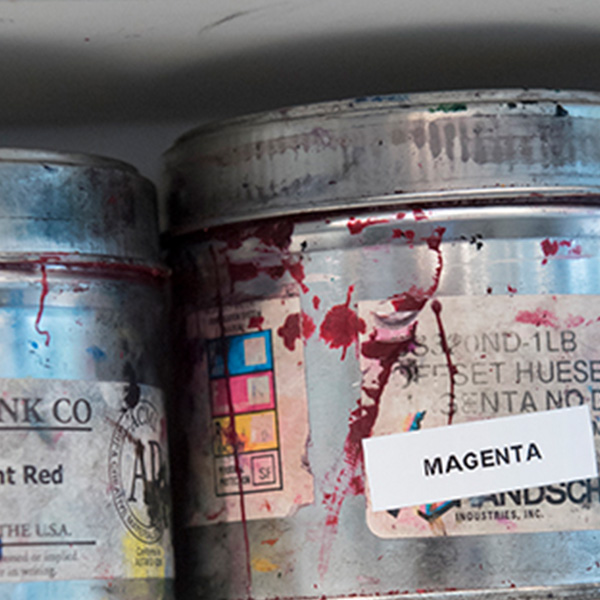
Beginning and Intermediate Printmaking
Through these courses, you’ll develop a broad range of traditional and digital printmaking skills. You’ll learn about print media’s historical and cultural significance. And you’ll create and analyze group and individual work. Together you’ll discover the rich possibilities of the printed image.
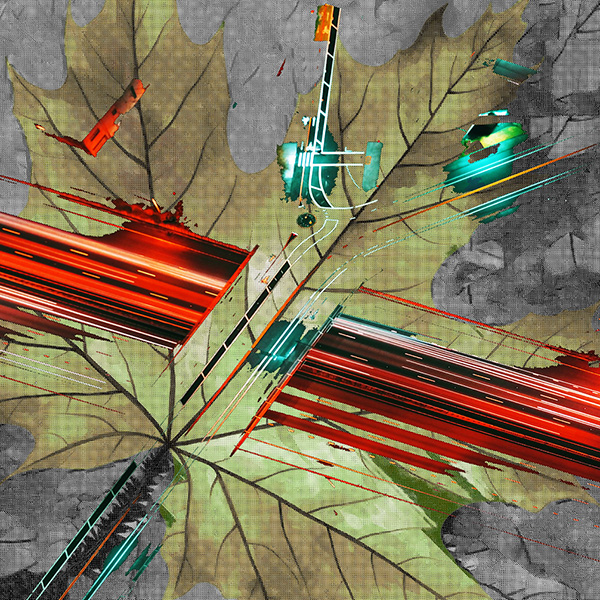
Beginning and Intermediate New Media
New media are changing the art landscape. In this series of courses you might delve into topics like internet culture, basic programming, visual and audio remix, web design, 3-D printing, game design, installation art and so much more. This is your chance to experiment, explore and solve fascinating arts-based problems.
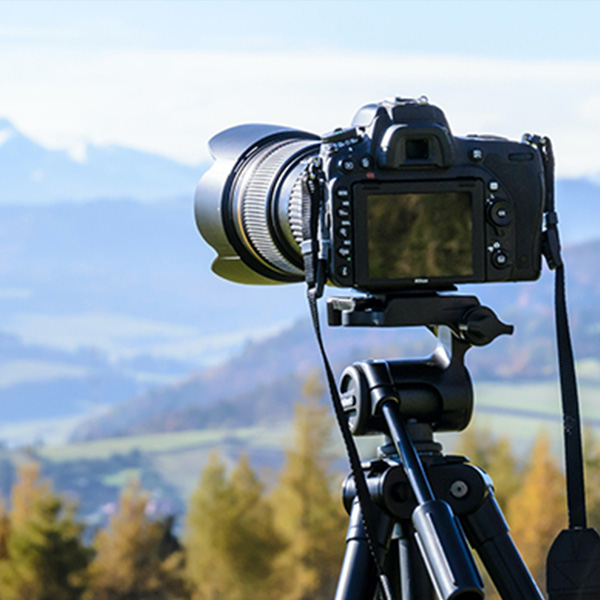
Art and the Anthropocene
How does climate change take shape visually? How are landscapes shaped by cultures and beliefs? This advanced studio and practice-based seminar is an interdisciplinary inquiry using scientific understanding and cultural criticism to fuel your artistic production.
Combined Majors & Concentrations
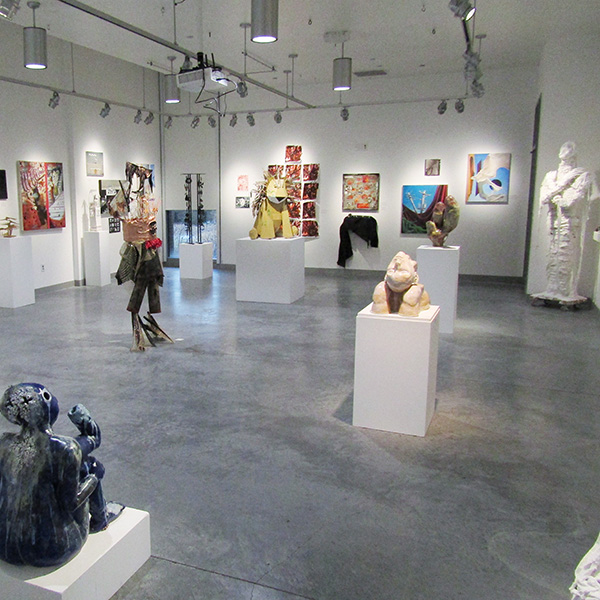
Amazing Experiences You Can Pursue
Take a bite of the Big Apple. The faculty-led senior research trip to New York City is nothing short of a transformative experience—a brief period that will change how you think about art and your own practices as an artist for the rest of your career.
Pursue the combined Art-Environmental Studies major. Are you inspired by nature? Do you want to make art with a social and political impact? Our Art-Environmental Studies major encourages students to bring diverse solutions from many disciplines to global environmental problems.
Study abroad. Art is global. Your education can be too. You could spend a semester or year studying and making art in places like Scotland, Italy, Denmark or Mexico.
Your Questions Answered
At Whitman, we use the term Studio Arts degree, and studio time is what you’ll get. The Art program emphasizes skill-building exploration in a variety of media. From the darkroom to the digital media lab, you’ll gain fluency with the materials and techniques of visual language, including ceramics, sculpture, drawing, photography, printmaking, painting and more. And this hands-on education will be grounded in an understanding of art history, emerging genres, and critical and creative thinking.
While you pursue your art degree, you can work part-time with campus offices, the quarterly zine or the Harper Joy Theater, to name a few recently held jobs by Art majors. You can complete internships and research assistantships with professors, or volunteer in the community at youth after-school programs. After graduation, you’ll be well-prepared to be a professional artist, serve in arts administration or education, go to graduate school, or set out on the path to a career in law, education, business, medicine or another field that makes good use of your critical and creative skills.
No way—in fact, it may enhance it. Our Art majors love the community and camaraderie they find with other students, staff and faculty in the program. Every year the college partners with the Alumni Office, Sheehan Gallery and Walla Walla Foundry to welcome visiting artists and educators, who present their work and share new ideas with students. Additionally, Art majors are expected to take courses in other disciplines, such as Art History, Visual Culture, Film and Media Studies and Environmental Studies. Double majors and study abroad are encouraged. We want our students to succeed in the program and beyond.
